Samuel Hill (1857-1931) bought 7,000 acres of land adjacent to the Columbia River where he envisioned establishing a Quaker farming colony. He put up a church, hotel, store, offices, garage and shops. As a promoter of paved roads, his engineers built ten miles of experimental roads—the first paved rural roads in Washington. His planned colony failed and fire eventually destroyed all of the buildings (they were never occupied).
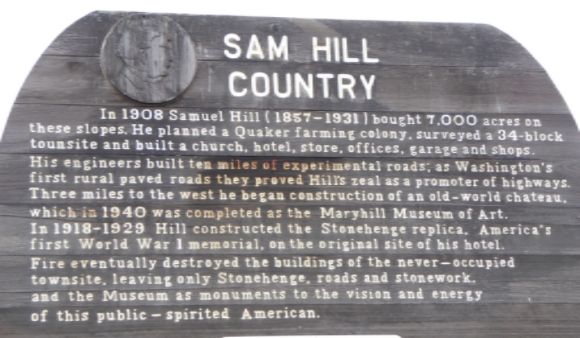
 Stonehenge is shown above.
Stonehenge is shown above.
Hill also began construction of an old-world chateau which was originally intended as his private residence. When his planned community failed—a community which he had named Maryhill after his daughter—he abandoned the work on the chateau. However, the famed dancer Loie Fuller, who was a close friend, convinced him to make his unfinished house into a museum. In 1926, Queen Marie of Romania, another close personal friend, spoke at the dedication of the museum. It wasn’t until 1940, however, that the museum actually opened to the public. At this time, both Hill and Fuller were dead, and another close friend, Alma Spreckles (the famed sugar heiress) continued to exert influence over the museum.
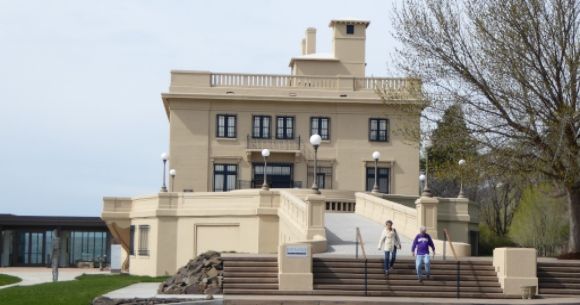 Shown above is the front entrance to the museum.
Shown above is the front entrance to the museum.
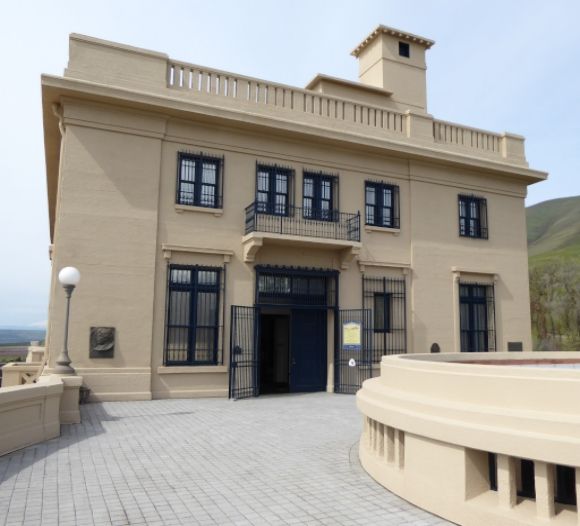
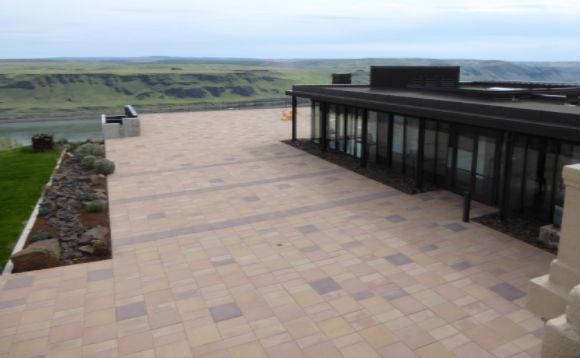
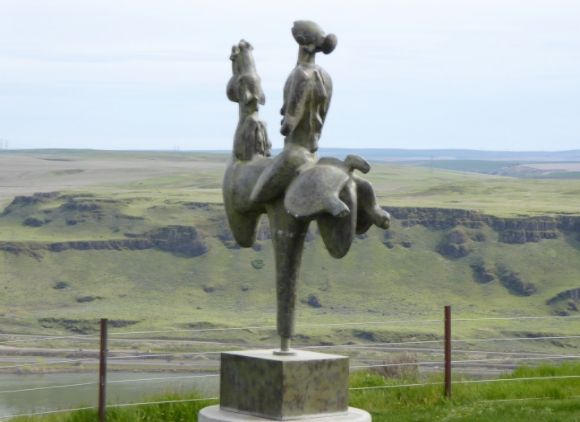 Shown above is Winter Rider Variation, a 2010 bronze by James Lee Hansen. It looks out over the river.
Shown above is Winter Rider Variation, a 2010 bronze by James Lee Hansen. It looks out over the river.
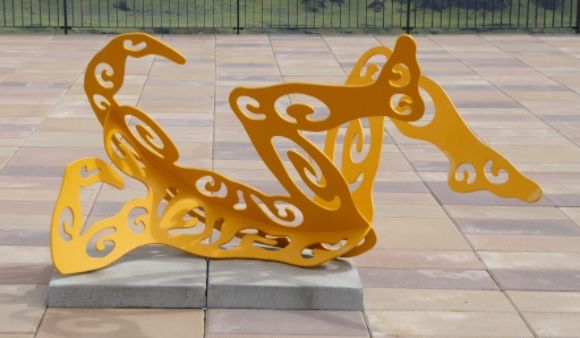
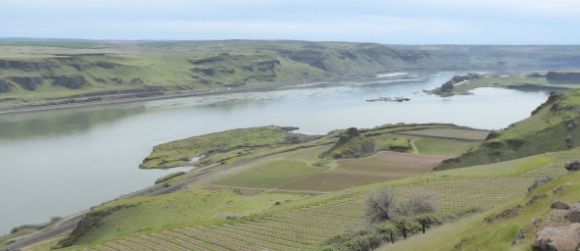 Shown above is the Columbia River as seen from the Maryhill Museum.
Shown above is the Columbia River as seen from the Maryhill Museum.
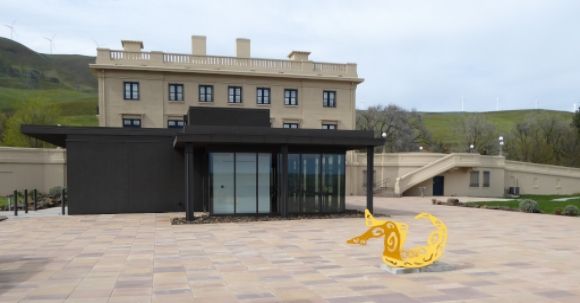
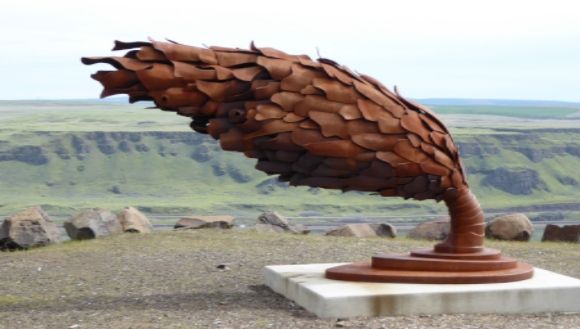
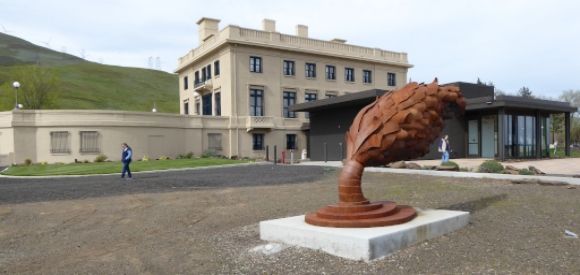
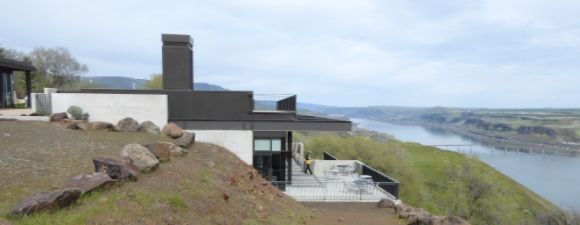
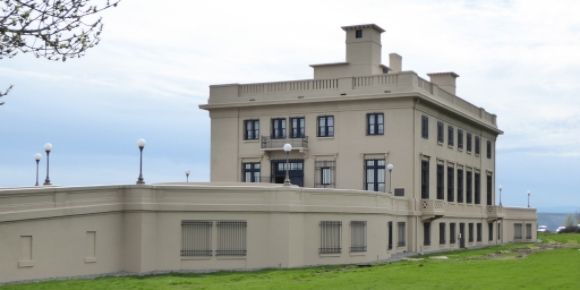


 Shown above is the back of the Maryhill Museum building.
Shown above is the back of the Maryhill Museum building.
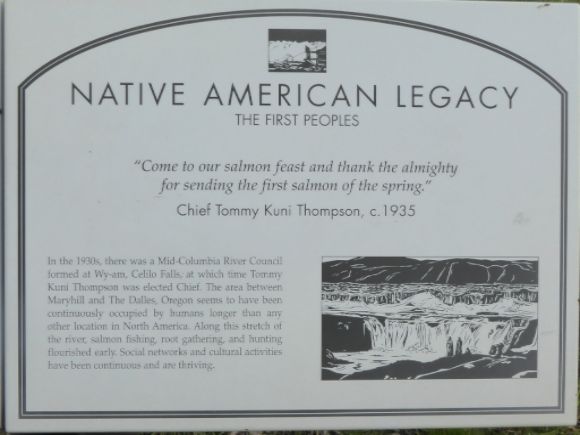
More about Maryhill:
Ancient Greece: Ceramics at the Maryhill Museum (Photo Diary)
Indians 101: Southwestern Jewelry and Beadwork (Photo Diary)
Museums 101: International Chess Pieces (Photo Diary)
Museums 101: International Chess Sets (Photo Diary)
Museums 101: The Maryhill Sculpture Park (Photo Diary)
Museums 101: The Lost-Wax Bronze Casting Method (Photo Diary)
Museums 101: Rodin's Late Drawings (Photo Diary)


